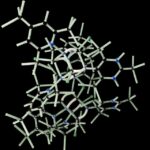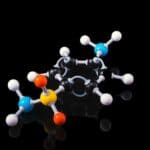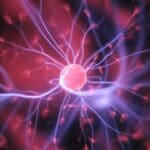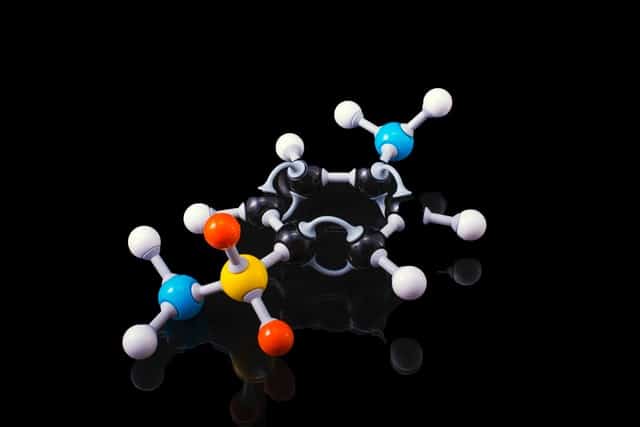Bipolar Ionization: SARS-CoV-2, a new coronavirus that may infect humans, was discovered in Wuhan Province in December 2019. It quickly spread over the globe, transforming the way people lived. Governments and companies are looking for secure methods to open while the economy continues to struggle.
About Bipolar Ionization
 Safety precautions in buildings are also being looked at as part of the push to produce a vaccine. Heating and cooling systems may be made safer by using bipolar ionization. Since the 1970s, bipolar ionization has been popular in Europe. For example, John Hopkins Hospital and Los Angeles International Airport are currently promoting their advantages in the United States. In fact, even Google’s headquarters is using it.
Safety precautions in buildings are also being looked at as part of the push to produce a vaccine. Heating and cooling systems may be made safer by using bipolar ionization. Since the 1970s, bipolar ionization has been popular in Europe. For example, John Hopkins Hospital and Los Angeles International Airport are currently promoting their advantages in the United States. In fact, even Google’s headquarters is using it.
An ionization device that can produce both positive and negative ions is called a bipolar ionization unit. Mold, viruses, bacteria, and even pollen can all be found in the air thanks to these ions. Because they increase the size of the particles, the ions also have an effect on viruses and other pathogens, making them easier to catch in the air filter. Viruses, for example, have a protein coat with a specific molecular structure that is critical to infection. Our cells can no longer be infected by the altered proteins, and thus we are safe.
As a complementary technology to HEPA filters, bipolar ionization is a viable option. Air purifiers equipped with HEPA filters and bipolar ionization technology are the best way to implement the technology. While allowing for optimal filtration, it also emits high enough ion counts into the area to be effective against infections, smells, VOCs, and more.
Due to the restricted life of 60 seconds, many duct-based applications cannot obtain the required ion count levels compared to when utilizing an in-space unit, which is important to the effectiveness of ionization.
Many experts now believe that SARS-CoV-2 may linger in the air for considerably longer than previously believed, making bipolar ionization an even more critical tool for cleaning indoor air.
How Does Bipolar Ionization Work?
 The process of bipolar ionization separates air molecules like water vapor into ions with opposite charges. Atoms with unusually high or low numbers of electrons are known as ions. In order to produce a compound, these opposing charges must be brought together. Salt is one of the most prevalent ionic compounds that we encounter in our everyday routines (sodium chloride). Sodium is positively charged (one electron is missing) whereas chlorine is negatively charged in this combination (having one more electron).
The process of bipolar ionization separates air molecules like water vapor into ions with opposite charges. Atoms with unusually high or low numbers of electrons are known as ions. In order to produce a compound, these opposing charges must be brought together. Salt is one of the most prevalent ionic compounds that we encounter in our everyday routines (sodium chloride). Sodium is positively charged (one electron is missing) whereas chlorine is negatively charged in this combination (having one more electron).
Bipolar ionization uses just air molecules, such as water vapor, to produce ions comparable to salt ions (gas form of liquid water). As with H+ and OH-, when the machine’s high energy hits water vapor molecules, the molecules split into O2- and H+. Reactive hydroxyl radicals (OH) may be formed when these recombine, and these radicals can remove hydrogen from other molecules, such as those found in germs.
Bipolar ionization working
There are positive and negative ions around air particles when bipolar ionization occurs. Airborne contaminants may be captured in the building’s air filter with the aid of the extra bulk. Pathogens (such as viruses, bacteria, and mold spores) are drawn away from hydrogen by the positive and negative ions that surround them.
Hydrogen is sucked out of the virus’ protein coat, or capsid, in the case of viruses. The viral protein coat is structurally impossible without hydrogen, which is a crucial component of the virus itself. Virus outer proteins may be thought of as keys. In order for them to function properly, they must be able to fit into the correct lock. The key can no longer fit into the lock and infect us because of the change in shape caused by the removal of hydrogen.
capsid, in the case of viruses. The viral protein coat is structurally impossible without hydrogen, which is a crucial component of the virus itself. Virus outer proteins may be thought of as keys. In order for them to function properly, they must be able to fit into the correct lock. The key can no longer fit into the lock and infect us because of the change in shape caused by the removal of hydrogen.
In bacteria and mold, the removal of the necessary hydrogen causes the pathogen’s cell to rupture, killing it and preventing infection.

